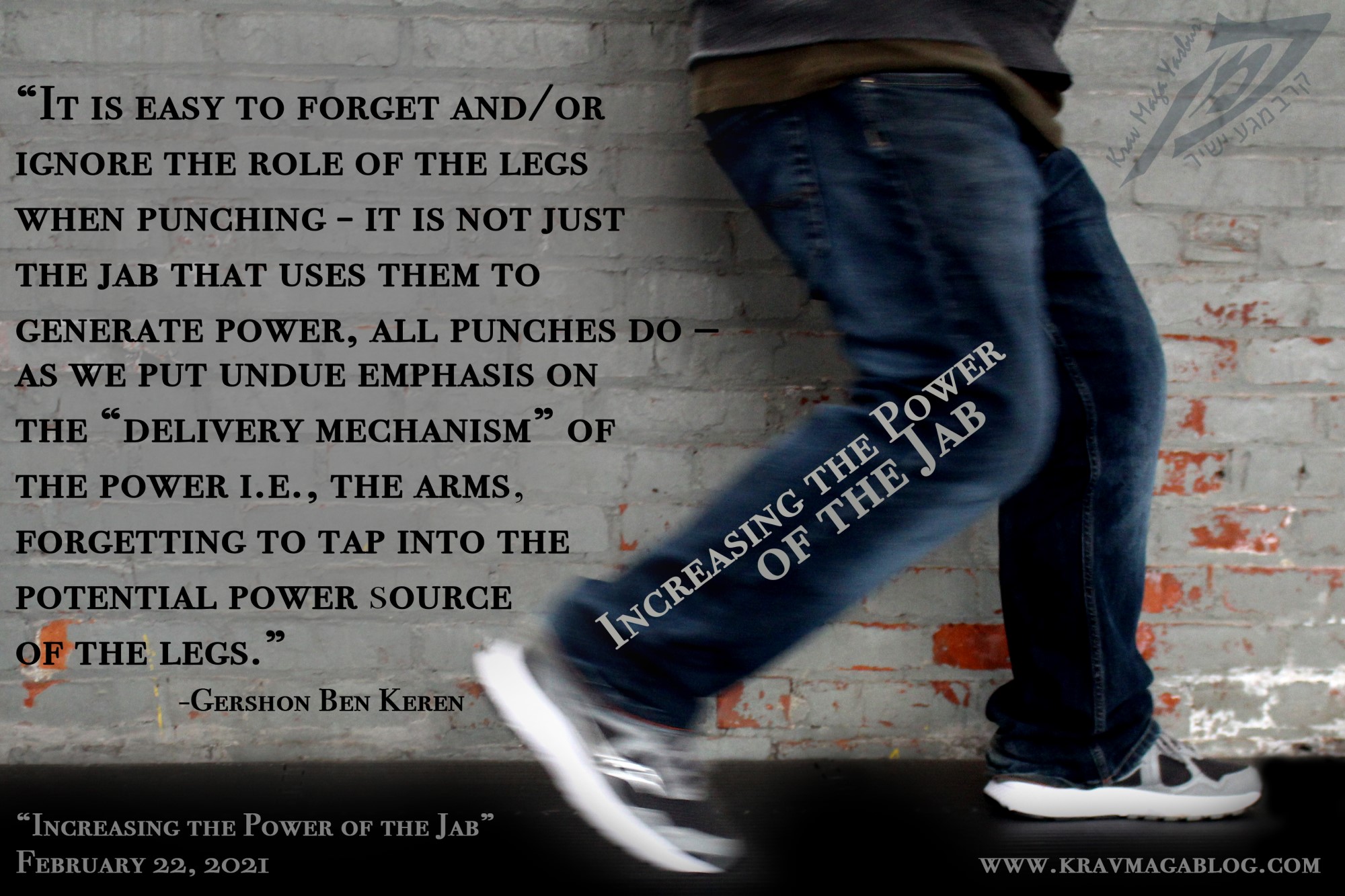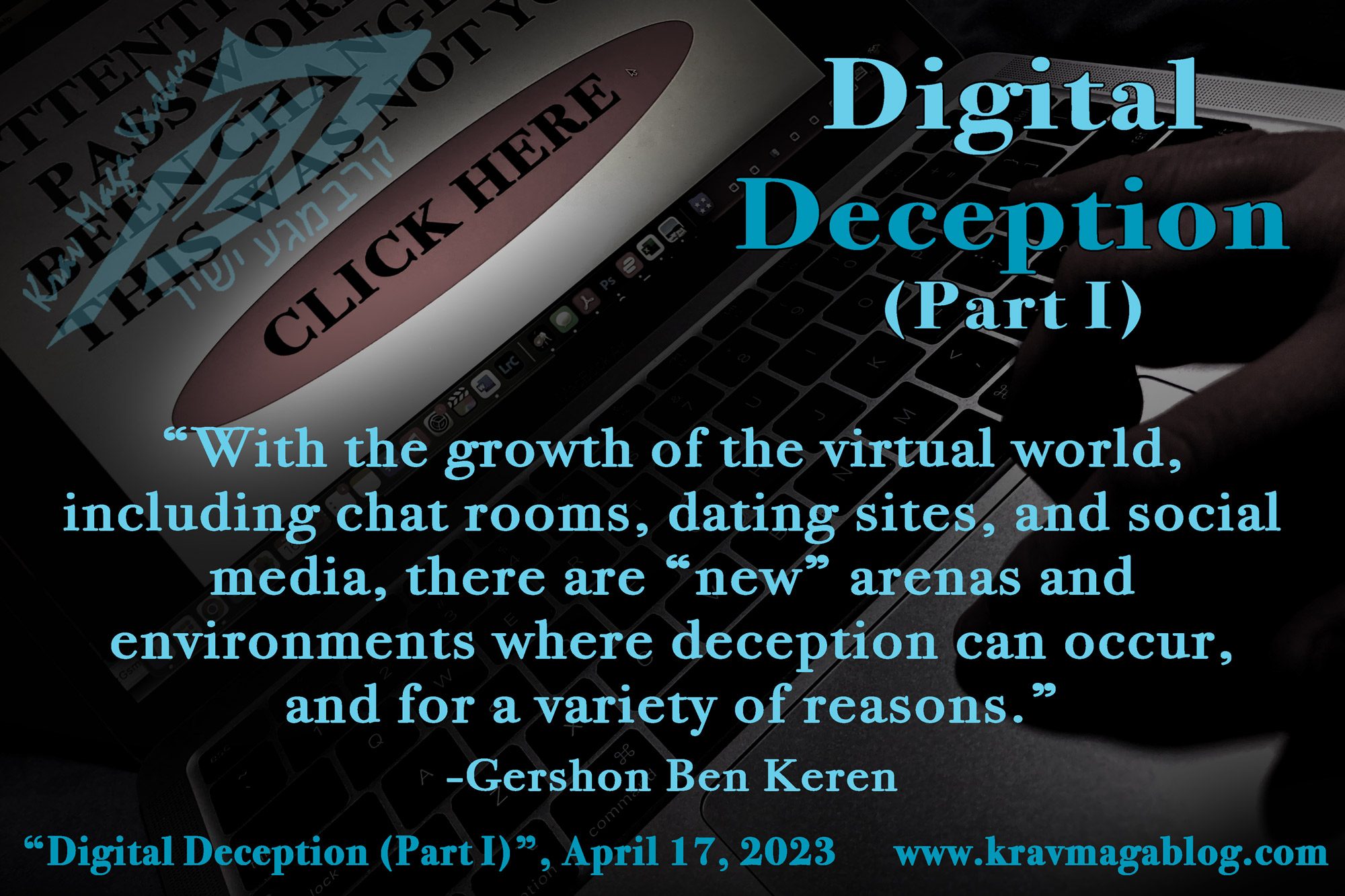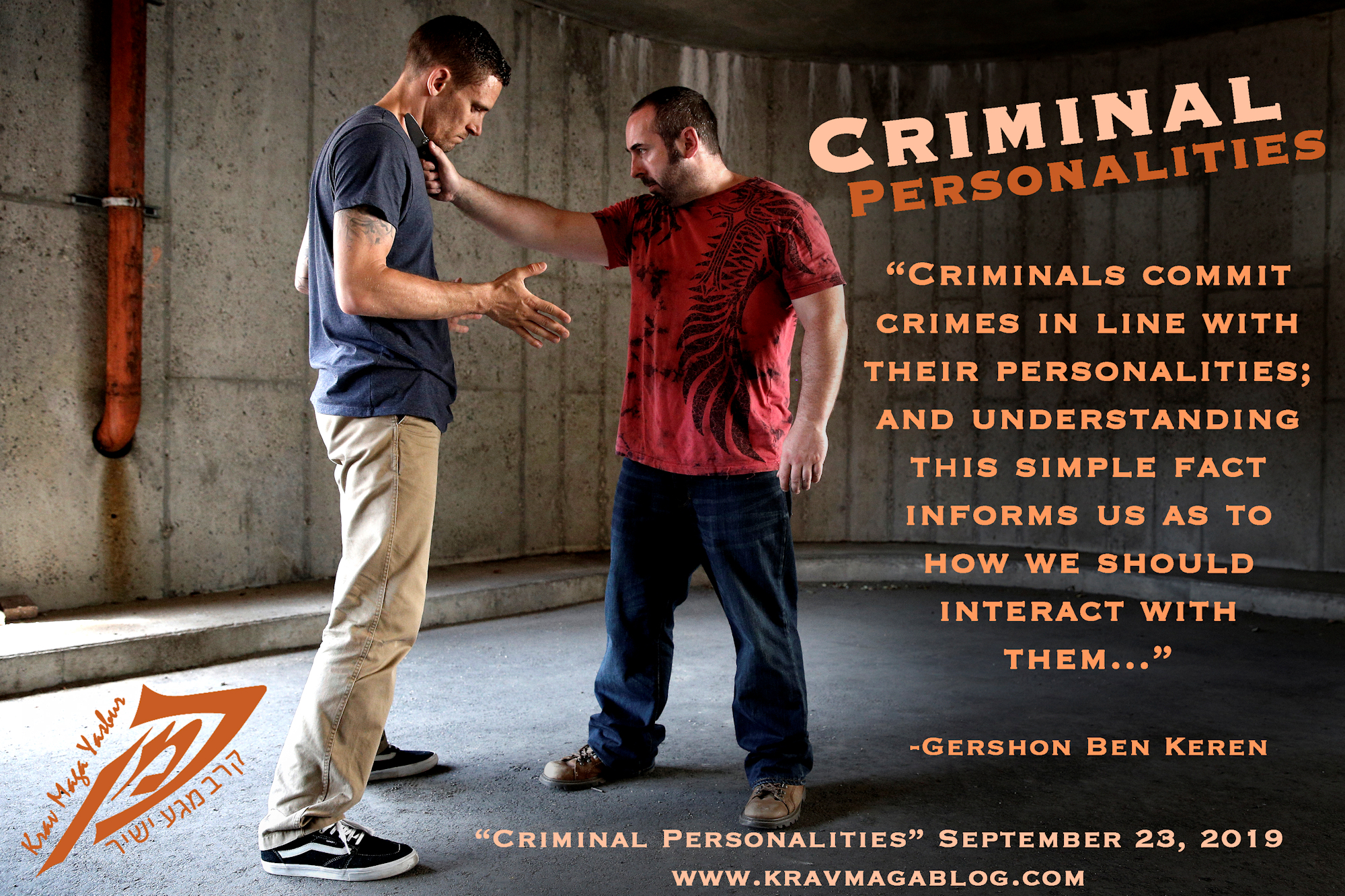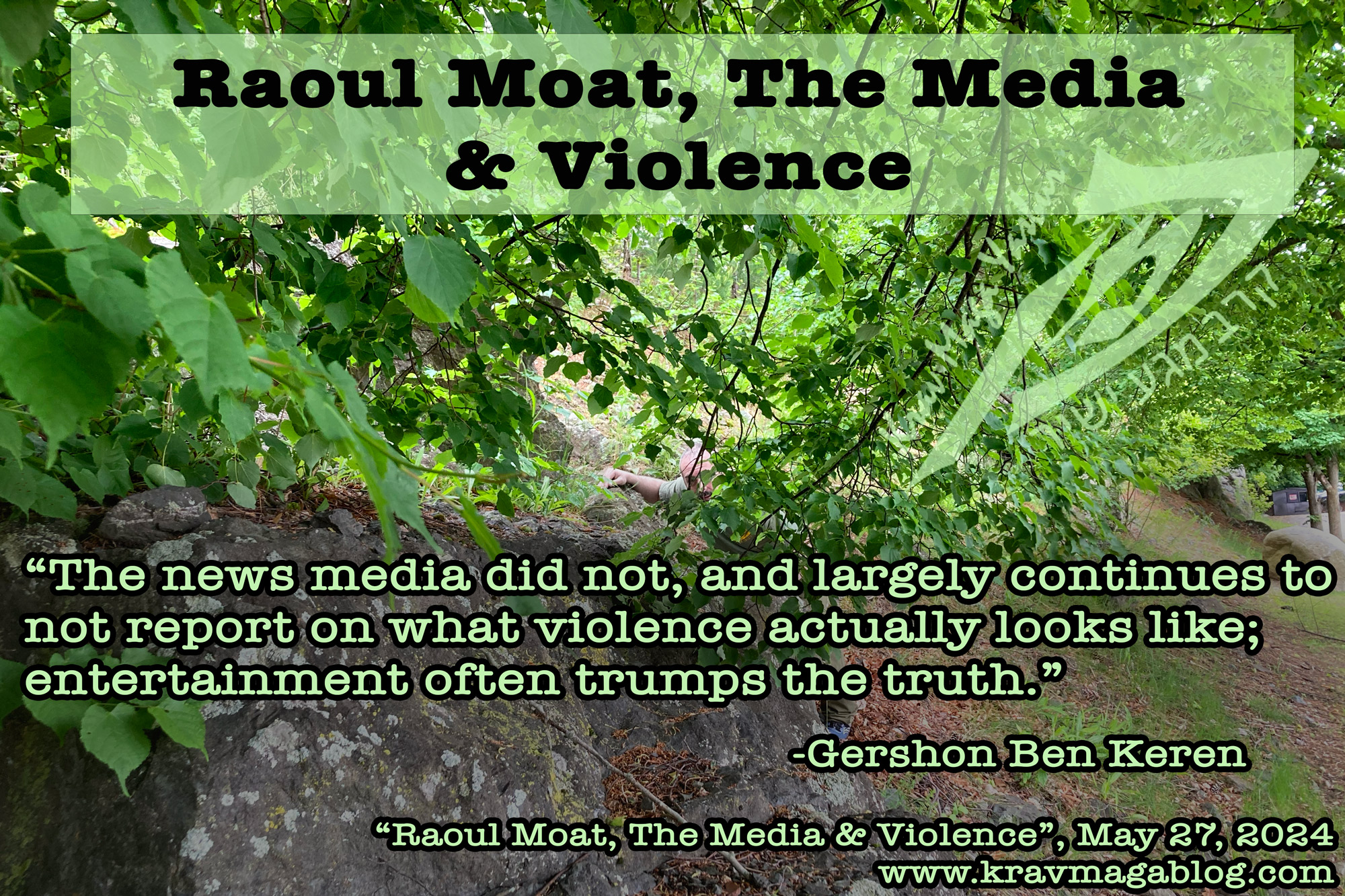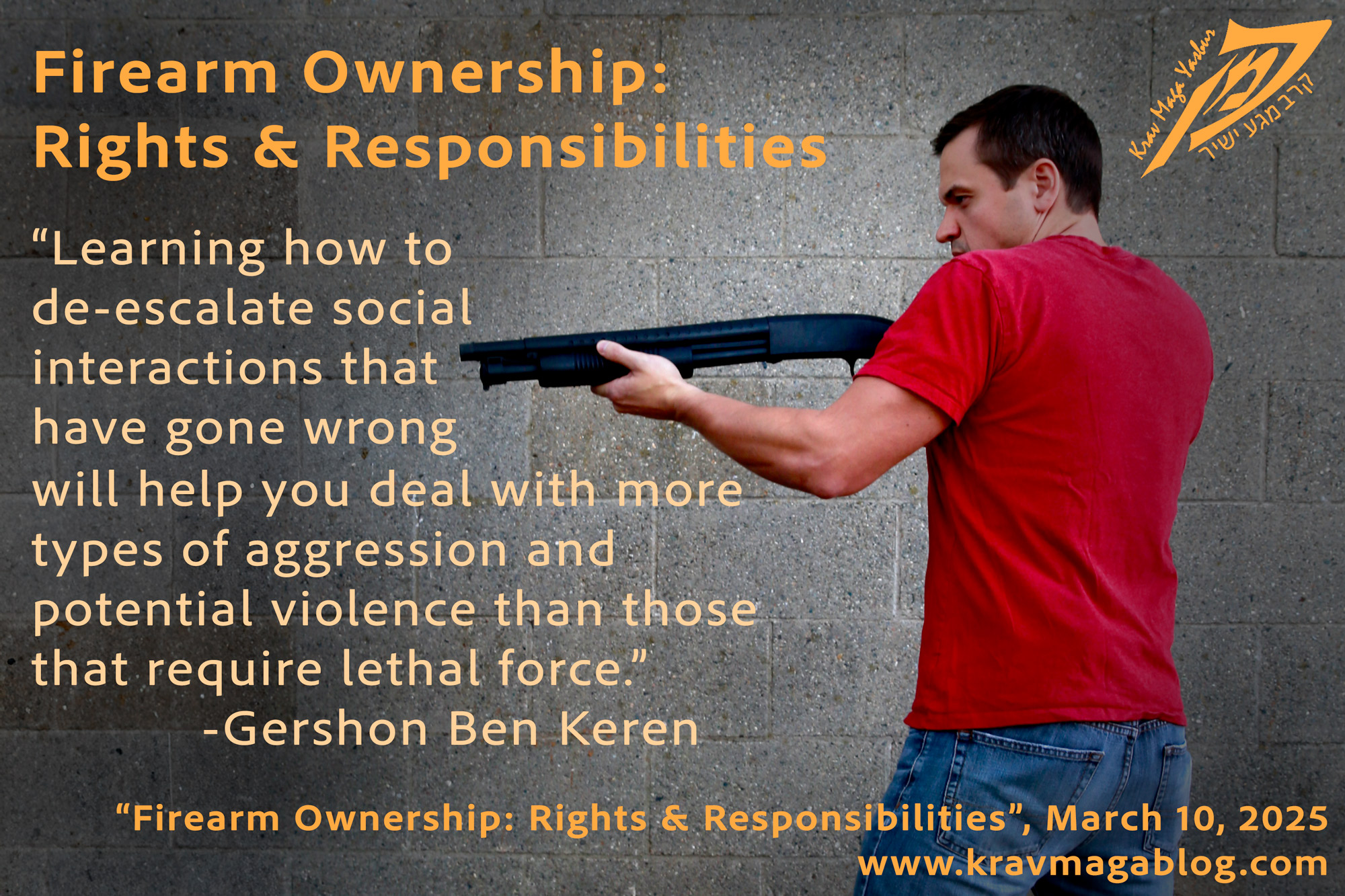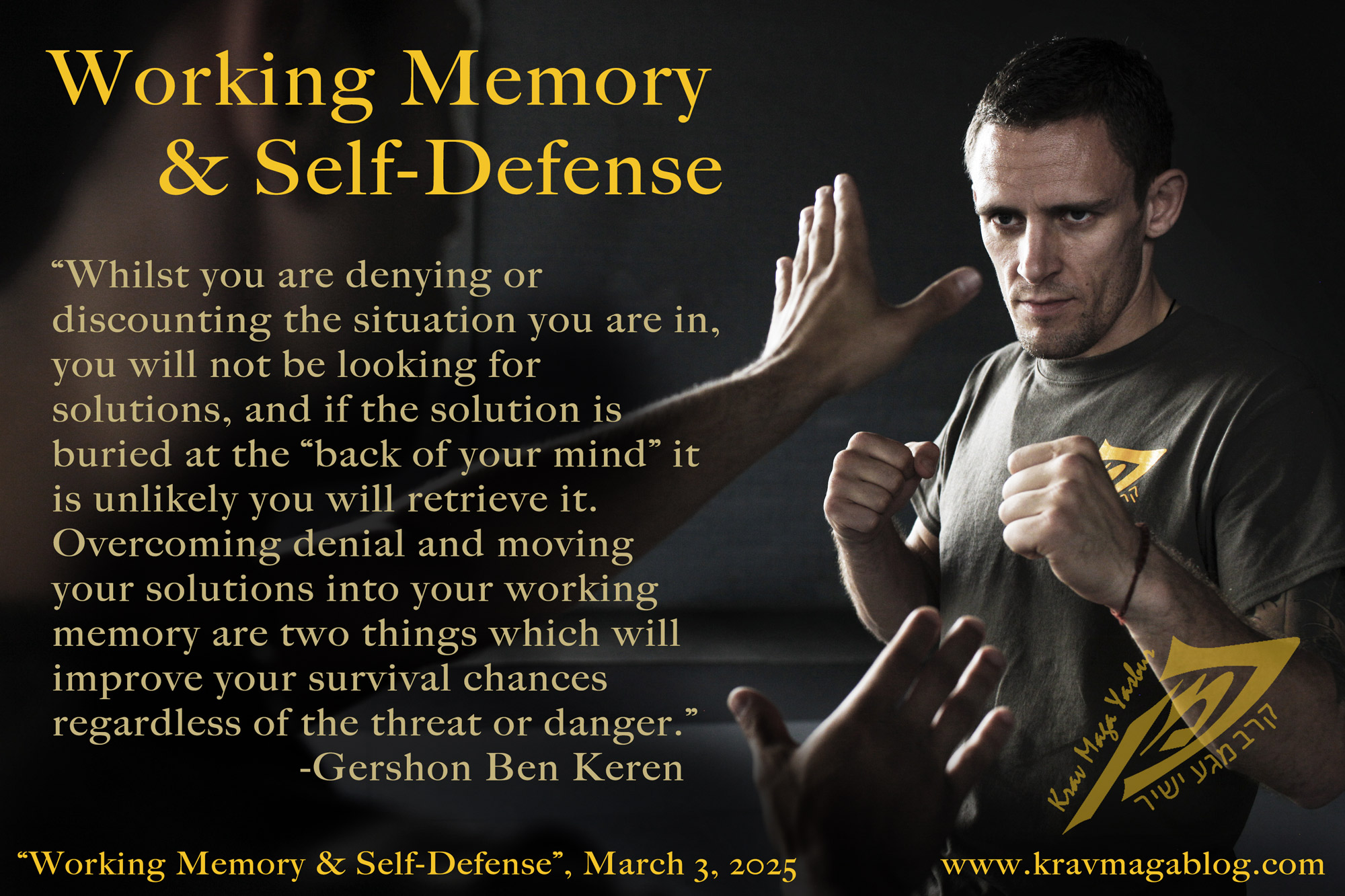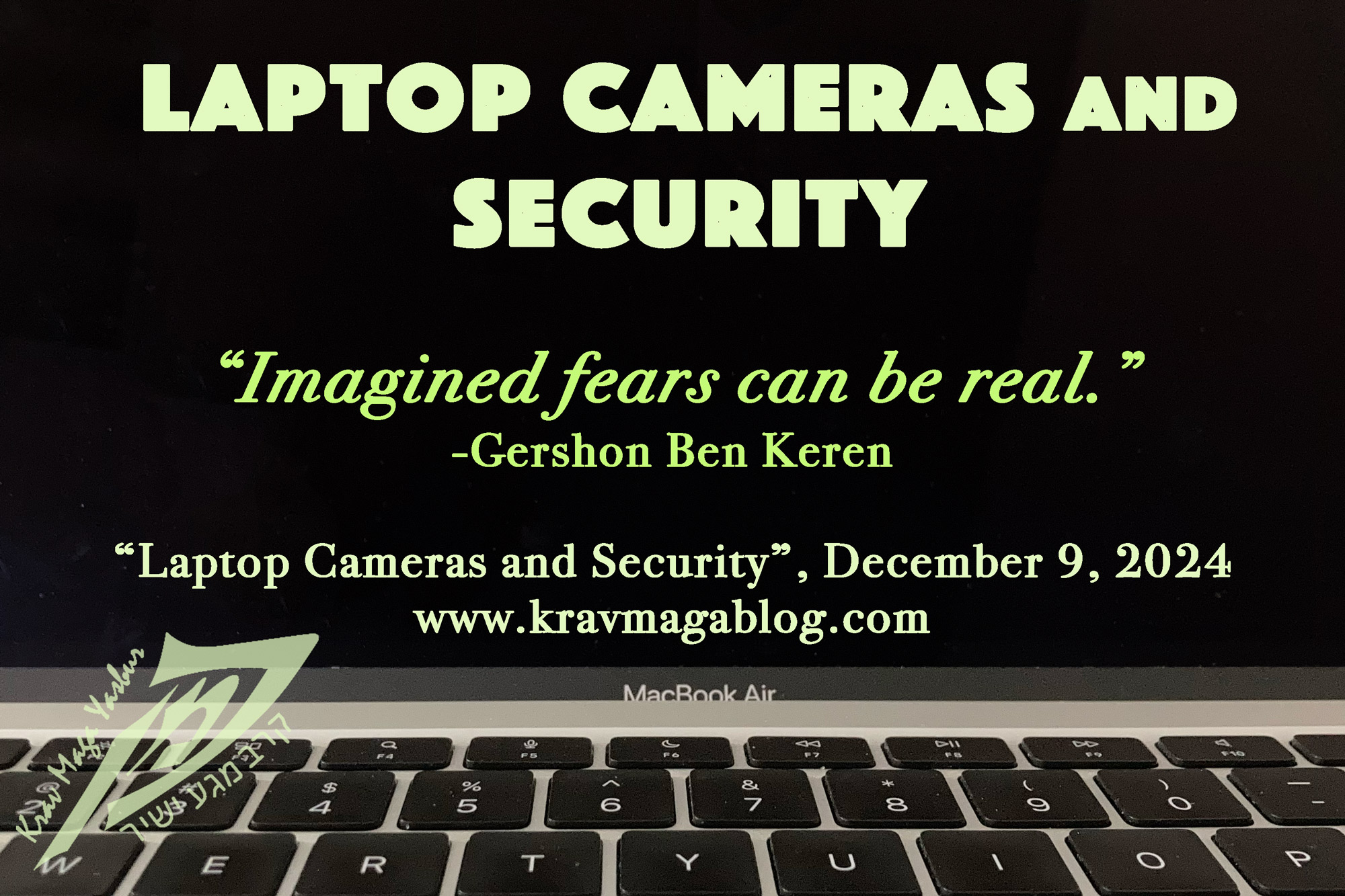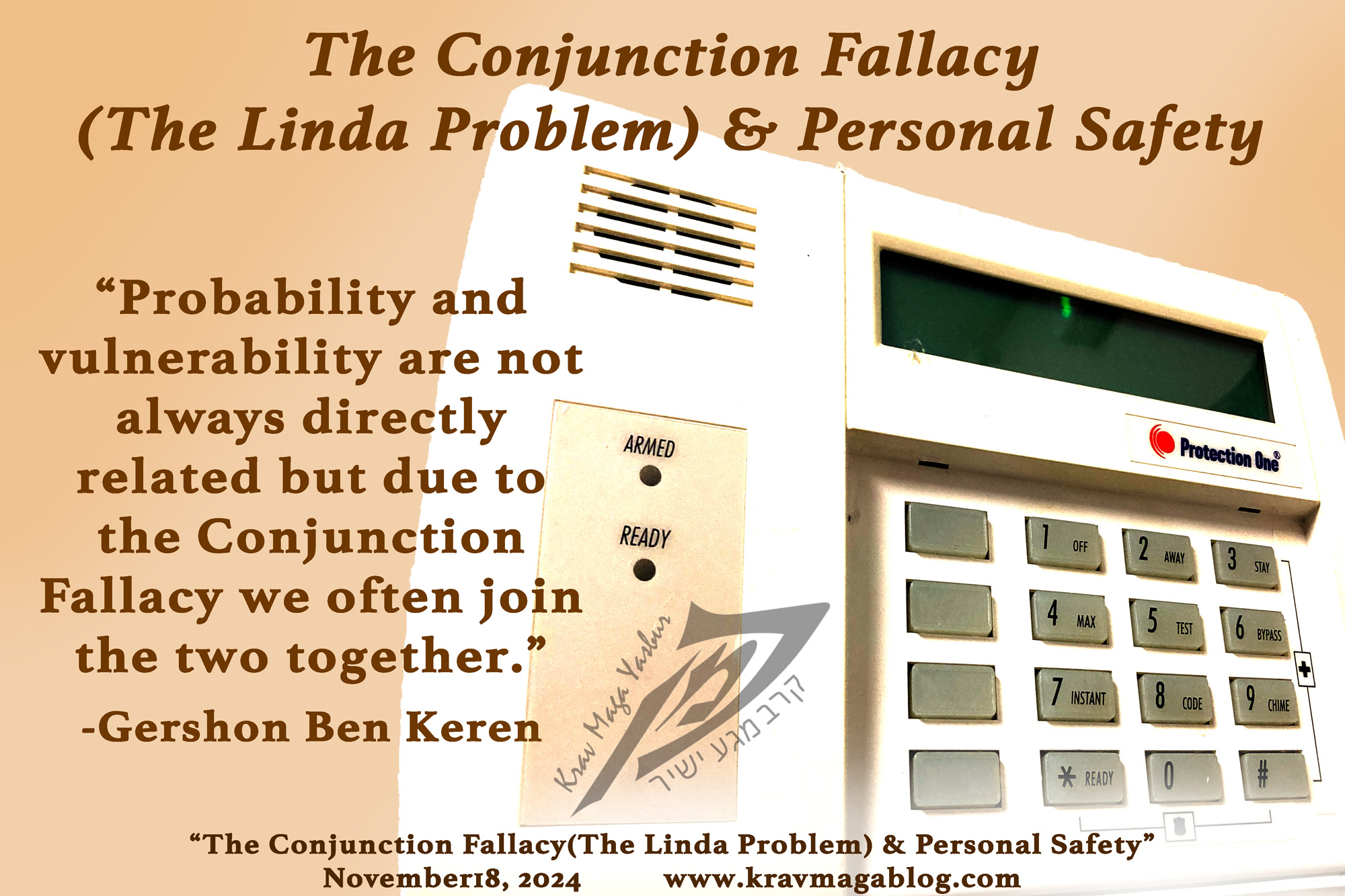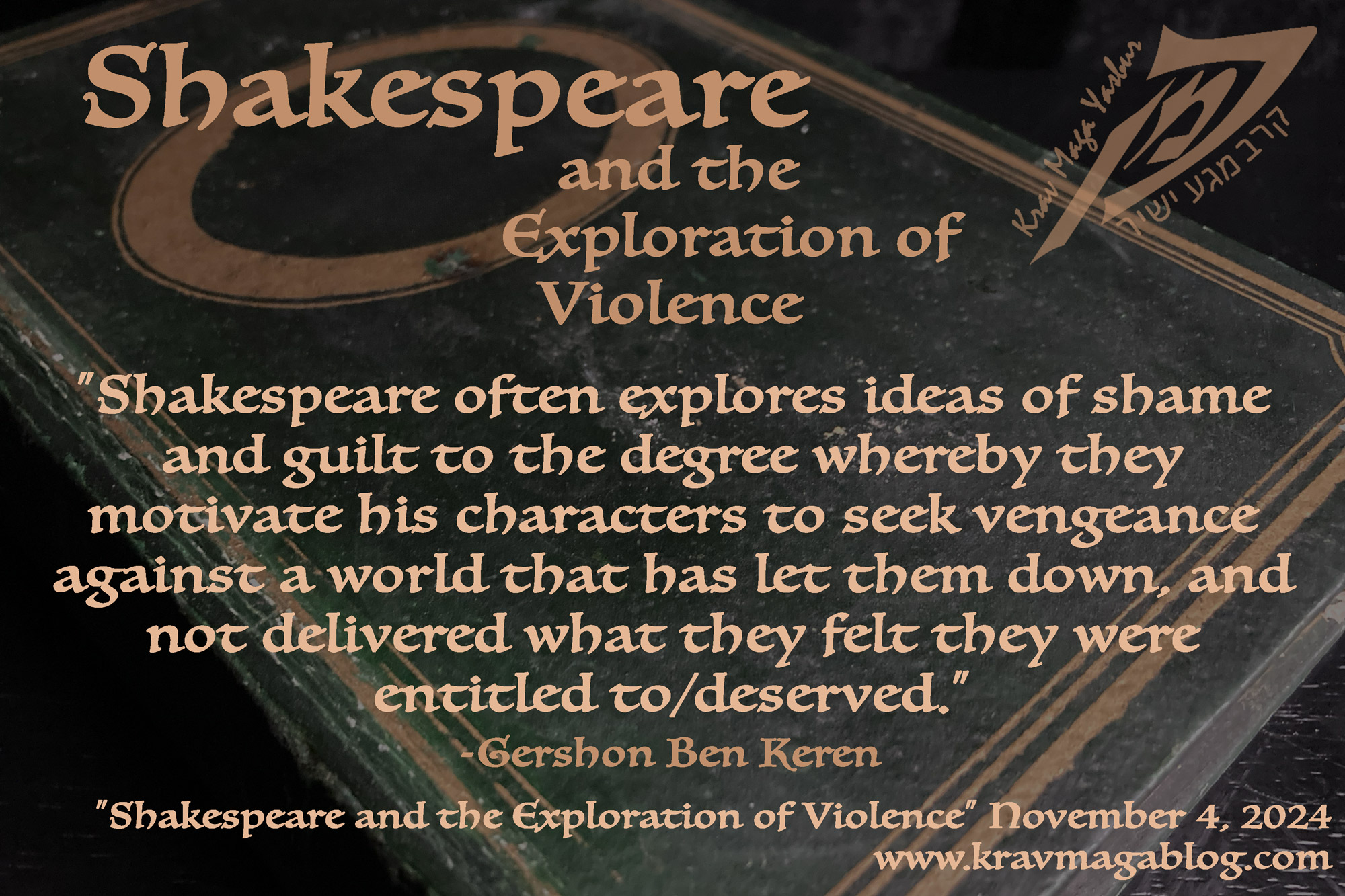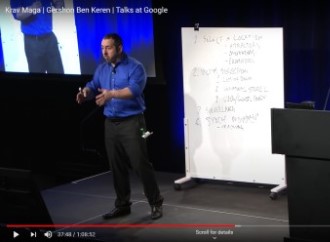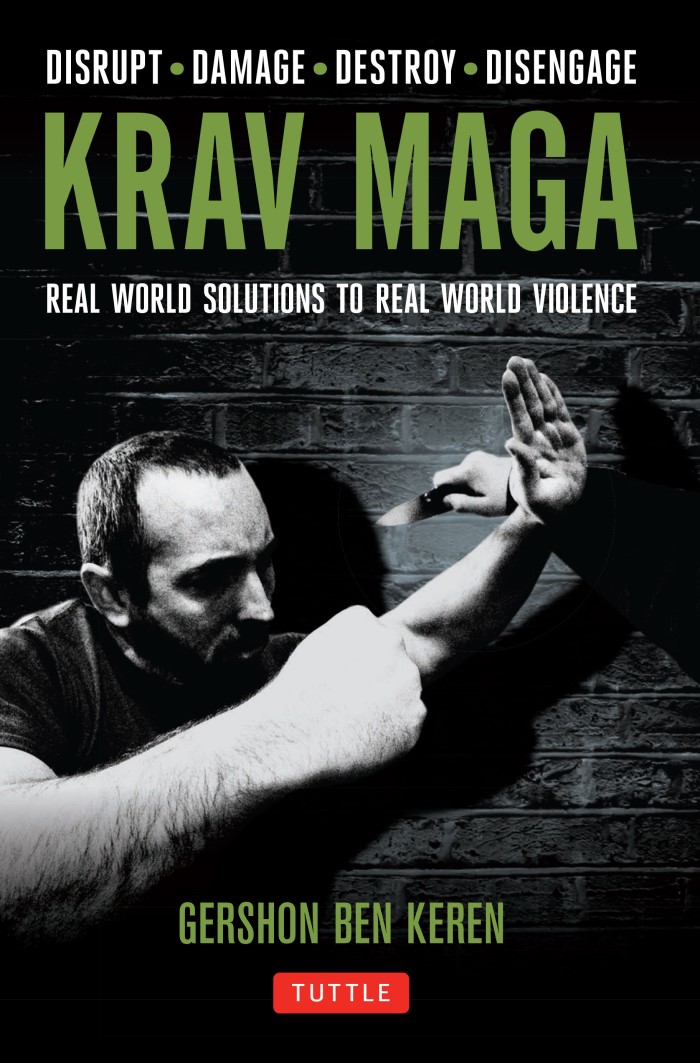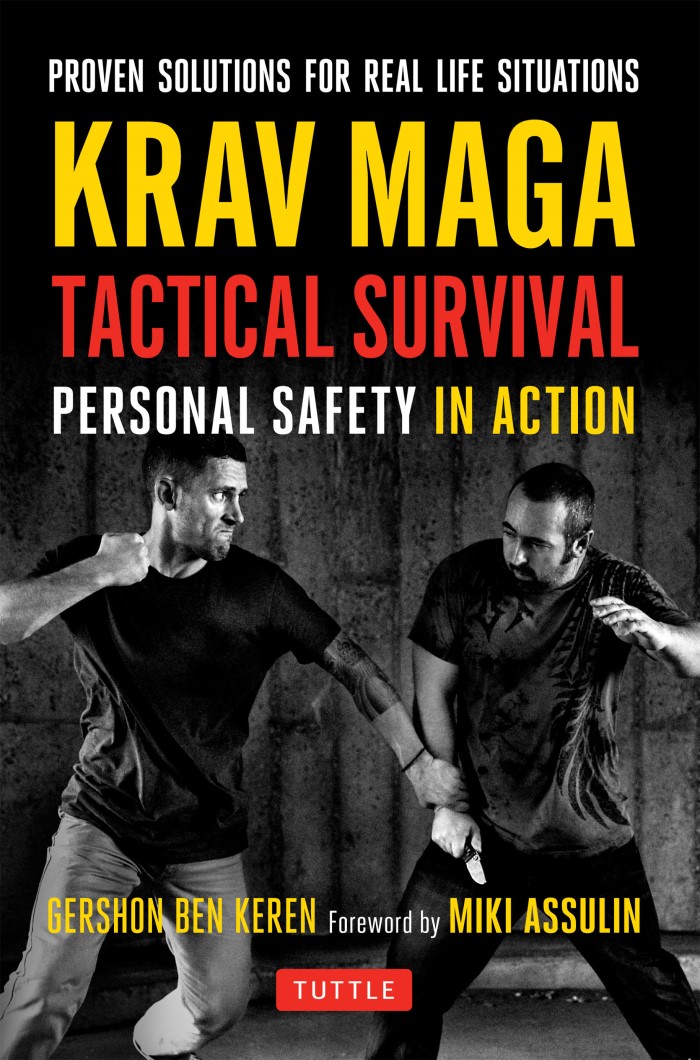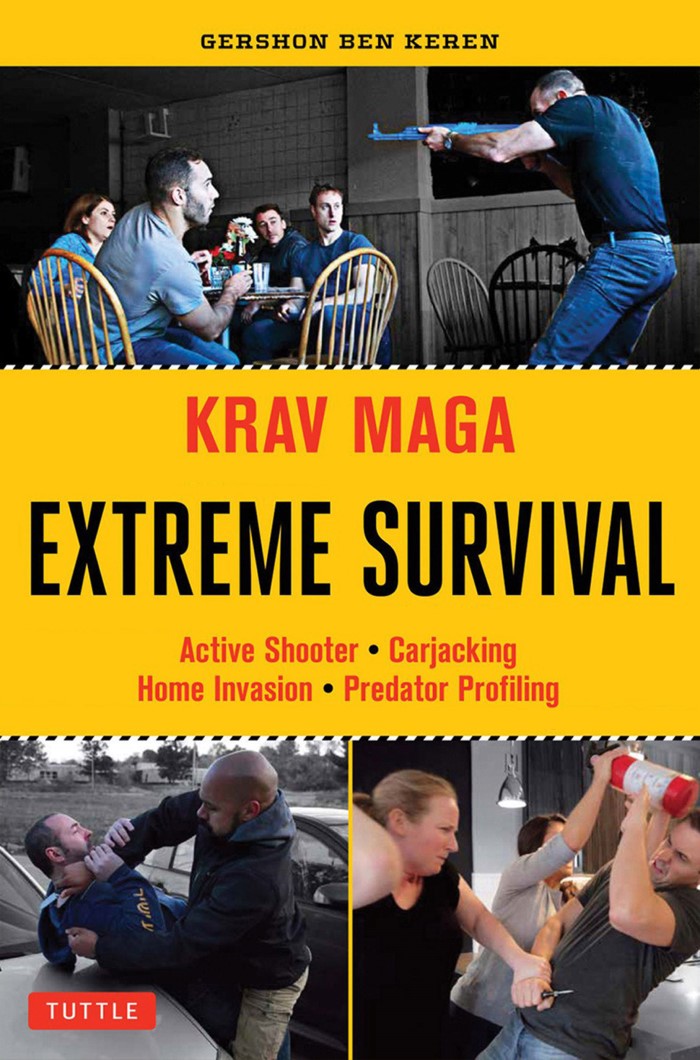Raoul Moat – The Media & Violence, is an article written by Gershon Ben Keren, a 5th Degree Black Belt in Krav Maga, who teaches Krav Maga in Boston, MA. He has also authored three Amazon best-Selling Books on Krav Maga.
Most people have never directly experienced violence e.g., in 2022 the FBI reported that there were as few as 380.7 violent crimes per 100 000 people, in the US, meaning that very few people in the US actually experienced violence directly i.e., had a firsthand experience of it. Obviously, violent offending isn’t spread evenly across the country, and different cities, towns, and locales etc., experience it at different rates e.g., if you live in Cleveland, Ohio you are at a greater risk of violence than if you live in Burlington, Vermont, however there may well be parts of Cleveland that are statistically safer than parts of Burlington, etc. This means that most people’s “experience” and knowledge of violence isn’t firsthand and often comes from news media reports, along with fictionalized and often sensationalized portrayals in various TV shows and movies. In fact, news media reporting often “borrows” from such fictional depictions of crime and violence when they construct their stories, making them somewhat inaccurate reflections of reality, despite their claim and assumption that they are simply reporting the “truth”.
This can be seen quite clearly in the way that the UK media covered the Raoul Moat manhunt in 2010. On the 2nd of July 2010, Raoul Moat was released from Durham Prison, after serving an 18-week sentence for assaulting a 9-year-old relative (an act which is hardly excusable or would attribute “hero” status). A week later, after a 9-day manhunt, which took place in the woodlands of Northumbria (North-East England), he’d be dead; having committed suicide after a 6-hour standoff with police. All of this was played out on a 24-hour news cycle by a media who in telling their story, and in their desire to be entertaining and captivating portrayed Moat as a “Rambo” style action-hero, who was involved in a brilliant cat-and-mouse game of hide-and-seek where he consistently outwitted the authorities. The media sensationalized the story, and as a result, created Moat as an anti-hero whose actions were praised online; after he committed suicide a Facebook page entitled “RIP Raoul Moat” gained 30 000 followers before being shut down. The media “borrowed” scripts and narratives from Hollywood to tell their story, and in doing so created an “action” hero who should have been despised rather than worshipped. The news media did not, and largely continues to not report on what violence actually looks like; entertainment often trumps the truth.
In reality, Raoul Moat was an angry, paranoid, injustice collector, who murdered his ex-girlfriend’s new partner, Chris Brown, because he couldn’t live with the fact that he was a jilted ex-lover i.e., someone had wanted to move on without him. This is often the reaction of those who demonstrate narcissistic personality traits; when someone tells them that they are ending the relationship, the individual can’t accept this and looks to destroy them – most often this is through non-physical means such as spreading lies and rumors etc., but for Moat, it involved actual and physical violence. His “desperation” came not from external experiences, but from an internal weakness; something the media failed/chose not to communicate – something which only went to further empower him and his supposed cause (it was known by law enforcement that Moat was following the news coverage and communicating with the news media). After killing Brown and shooting his ex-partner Sandra Stobbart, Moat attempted to murder a policeman (Paul Rathband); as an act of revenge against law enforcement. There is very little about Raoul Moat’s actual life to be admired, and yet he was by many, due to the way his “story” was told/portrayed by the media. Moat in a 49-page manifesto, justified his actions, as being those of a desperate man who had had everything taken away from him (a common Hollywood storyline), and had been left with no choice but to punish others i.e., he wasn’t to blame for the killings, the rest of the world, and especially the police were; Stobbart had visited Moat in prison shortly before his release to confirm to him that their relationship was over and that she was seeing someone else – in an effort to protect herself and her new partner, from any revenge attacks against them, she told Moat that Brown was a policeman (he wasn’t), in the hope that this would deter him. It was a miscalculation that proved to be fatal. Moat didn’t shoot Chris Brown in a moment of passion after being surprised at finding him with his ex-partner; he had fantasized, ruminated on, and planned the shootings during the last days of his sentence. Once released, he had waited/stalked Brown for four hours before shooting him in the head at close range – having changed the shot in his cartridges from pellets to ball bearings. The shootings were not an act of “passion” i.e., something that happened in the moment, but this was how the media portrayed them.
After initially evading the Newcastle police, by staying at friend’s houses for a few days, he took to the woods of Rothbury, where the “story” presented by the media, shifted to that of a cunning, outdoors survivalist living off the land and “outwitting” the authorities: another common Hollywood narrative. The scale of the manhunt increased, as did the number of false sightings, which only went to feed the news cycle. The addition of footballer, Paul Gascoigne (a celebrity in the North-East) who turned up, drunk and drugged up, during Moat’s standoff with police, offering “assistance” only added to the spectacle, and gave further significance to Moat as a tortured and justified individual. The severity and seriousness of Moat’s actions didn’t justify his motives, yet the news media gave more attention to his character than what he had actually done i.e., kill a man, seriously wound his ex-partner, and blind a police officer, who two years later took his own life. The media’s focus on Moat and the manhunt, left the victims forgotten, and the killer portrayed as a Hollywood action figure; a story that was more compelling and engaging than the real one.
Newspapers and news cycles are largely designed to sell stories. The transformation of genuine journalism into entertainment is a disturbing one, as fiction is used to explain and communicate facts. This doesn’t mean that there aren’t good journalists with integrity out there reporting on violence in a non-romanticized, non-sensationalized way, because there are, but rather the place where many people go to hear and learn about violence cannot always be trusted, as the overall presentation of a news story may more closely resemble fiction (movies) than fact.
0 COMMENTS

